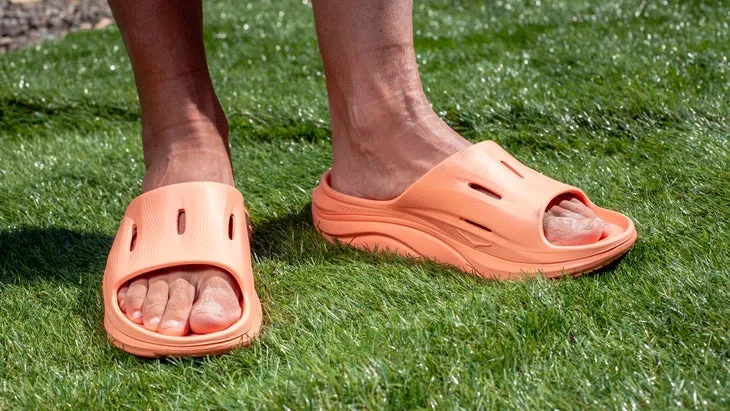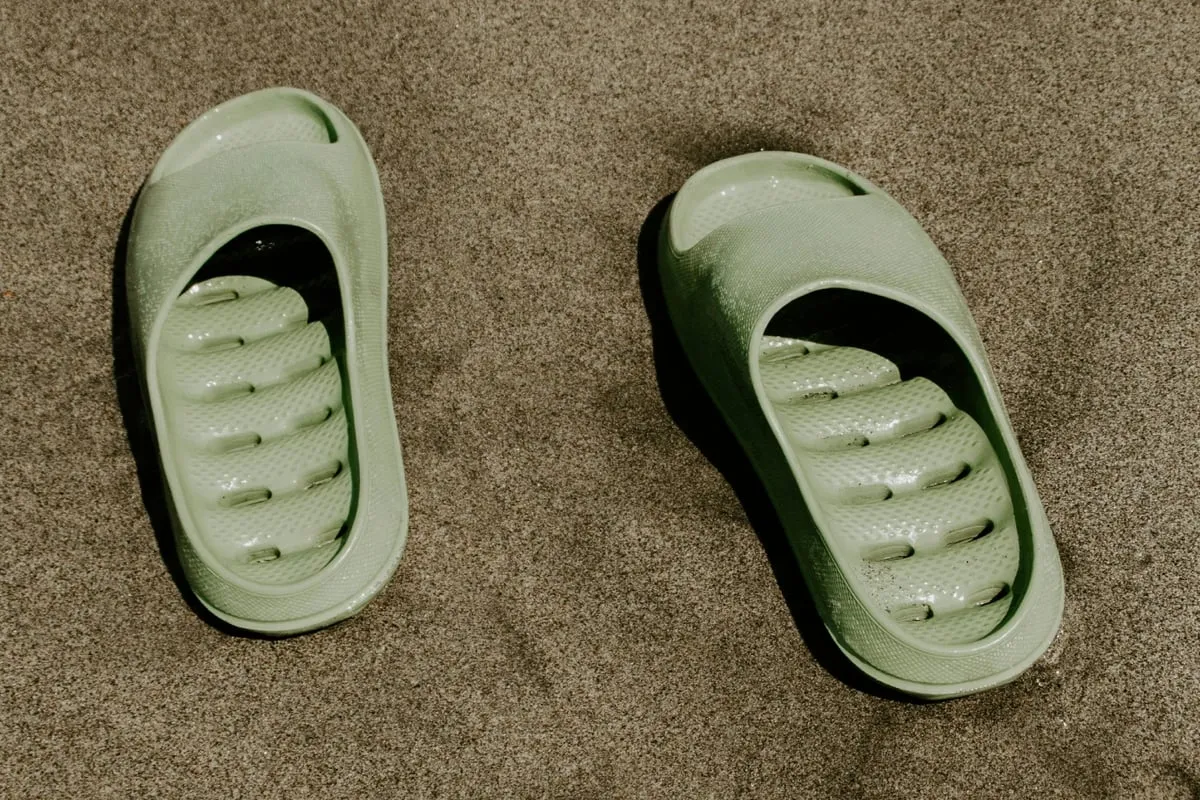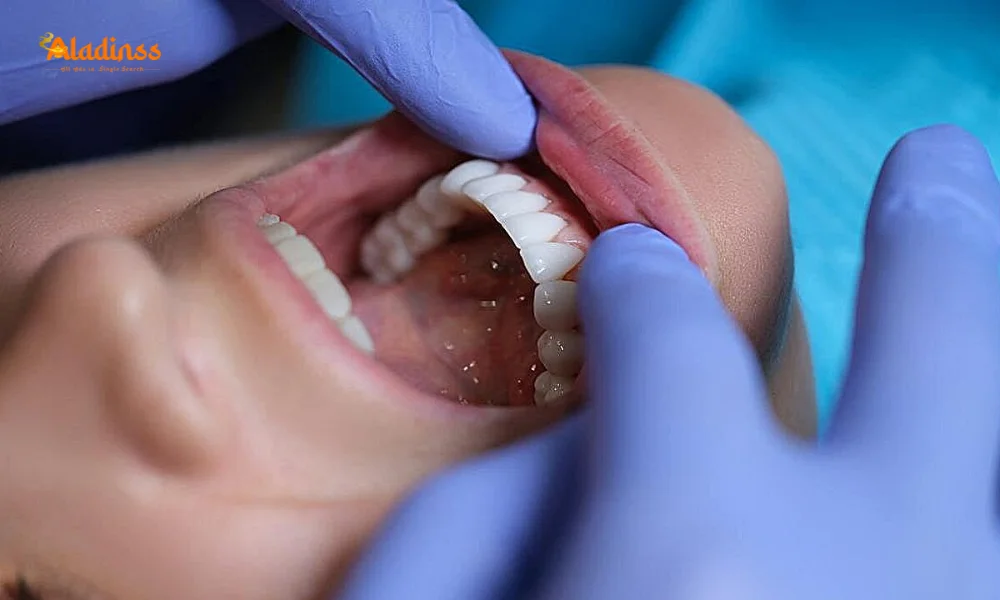Phone Use in Toilet Raises Hemorrhoid Risk: Study

Using Your Phone in the Toilet: A Hidden Health Risk You Need to Know
In today’s digital age, smartphones are an inseparable part of daily life, with many people using them during every activity, including while in the bathroom. A recent study published in the journal Plos One has raised alarms about the health risks associated with using mobile phones on the toilet, revealing a 46% increased risk of developing hemorrhoids among users. This habit, often involving prolonged sitting while scrolling through social media or watching videos, can lead to significant physical health issues. This article explores the findings of the study, the science behind the risks, and practical steps to protect your health, emphasizing the importance of breaking this widespread habit.
The Link Between Phone Use and Hemorrhoids
Hemorrhoids, swollen veins in the lower rectum or anus, are a common condition affecting millions worldwide, often triggered by chronic constipation or prolonged sitting. A groundbreaking study conducted at Beth Israel Deaconess Medical Center (BIDMC), a teaching hospital affiliated with Harvard Medical School, surveyed 125 men and women about their smartphone use in the bathroom. The results were striking: 66% of participants admitted to using their phones on the toilet, and colonoscopy examinations revealed that 51% of these individuals had hemorrhoids, compared to only 38% of those who did not use phones. Statistical modeling confirmed a 46% higher risk of hemorrhoids among phone users, even after adjusting for variables like age, gender, body mass index (BMI), exercise habits, toilet straining, and fiber intake.
The primary culprit appears to be the extended time spent sitting on the toilet. Researchers found that smartphone users spend significantly longer in the bathroom, often distracted by activities like browsing social media (44%) or reading news (54%). This prolonged sitting increases pressure on the pelvic and anal regions, causing veins to swell over time and potentially leading to hemorrhoids. The study underscores the need for awareness about seemingly harmless habits that can have serious health consequences.

Why Prolonged Sitting on the Toilet Harms Your Health
Sitting on a toilet seat for extended periods without proper pelvic support exerts significant pressure on the anal and rectal veins, a key factor in hemorrhoid development. Unlike regular chairs, toilet seats are designed to facilitate bowel movements, not prolonged sitting, which can strain the pelvic floor muscles. When distracted by smartphones, users often remain seated longer than necessary, exacerbating this pressure. According to Dr. Anish Sheth, a gastroenterologist quoted in health reports, sitting for more than 5–10 minutes on the toilet can increase the risk of vein swelling, leading to discomfort, bleeding, or even severe hemorrhoids requiring medical intervention.
Beyond hemorrhoids, prolonged sitting can contribute to other issues, such as poor posture, lower back pain, and reduced blood circulation in the lower body. The Plos One study noted that smartphone users often lose track of time, with some spending up to 30 minutes or more per session on the toilet. This behavior not only heightens physical risks but also disrupts healthy bowel habits, as straining or irregular schedules can worsen constipation, a leading cause of hemorrhoids.

The Role of Diet and Lifestyle
Diet plays a critical role in preventing hemorrhoids and maintaining digestive health. The Plos One study highlighted that inadequate fiber intake, common in modern diets dominated by fast food and processed items, significantly contributes to constipation and hemorrhoid development. Fiber-rich foods like fruits, vegetables, whole grains, and legumes promote regular bowel movements and reduce strain during defecation. In India, where dietary habits are shifting toward junk food, the incidence of hemorrhoids is rising, with an estimated 40 million cases reported annually, according to the Indian Journal of Surgery.
Experts recommend consuming 25–30 grams of fiber daily, yet most people fall short, averaging only 15 grams. Incorporating foods like oats, apples, carrots, and lentils can help, alongside adequate hydration to soften stools. The study also noted that lifestyle factors, such as lack of exercise, exacerbate digestive issues. Sedentary habits, combined with prolonged toilet sitting, create a perfect storm for hemorrhoid development, making dietary and lifestyle changes essential for prevention.

Breaking the Smartphone Habit
The pervasive use of smartphones in the bathroom reflects a broader trend of digital addiction, with 78% of Indian adults reporting excessive phone use, according to a 2024 Pew Research survey. To mitigate health risks, experts recommend leaving phones outside the bathroom to avoid distractions and limit toilet time to 5–10 minutes. Behavioral changes, such as setting a timer or placing reading materials like books in the bathroom instead, can help break the habit. Dr. Sarah Johnson, a colorectal specialist, advises, “The bathroom should be a place for quick, focused activity, not a social media lounge.”
Creating a phone-free bathroom environment can also improve mental health by reducing screen time and promoting mindfulness. For those struggling to disconnect, apps that limit phone usage or lock social media during specific times can be effective. Additionally, maintaining a consistent bathroom schedule and avoiding unnecessary straining can further reduce the risk of hemorrhoids and related complications.

Broader Health Implications and Prevention Tips
The health risks of using phones in the bathroom extend beyond hemorrhoids. Prolonged sitting can increase the risk of pelvic floor dysfunction, which affects bladder and bowel control, particularly in women. Poor hygiene practices, such as touching phones after inadequate handwashing, can also spread bacteria like E. coli, leading to infections. A 2023 study by the University of Arizona found that 90% of smartphones carry bacteria from bathroom use, highlighting the need for regular device cleaning with disinfectant wipes.
To prevent hemorrhoids and related issues, experts recommend a multi-faceted approach: increase fiber intake, stay hydrated, exercise regularly, and limit toilet time. Simple changes, like using a footstool to elevate feet during bowel movements (mimicking a squatting position), can reduce strain and promote healthier defecation. For those already experiencing symptoms like itching, pain, or bleeding, over-the-counter treatments like hydrocortisone creams or sitz baths can provide relief, but consulting a doctor for persistent issues is crucial.

Public Awareness and Future Research
The Plos One study has sparked discussions about the need for public health campaigns to raise awareness about the risks of smartphone use in the bathroom. In India, where hemorrhoids affect an estimated 4% of the population annually, such campaigns could encourage healthier habits and reduce the burden on healthcare systems. The Indian Medical Association has called for educational initiatives targeting young adults, who are most likely to use phones excessively, to promote better digestive and bathroom practices.
Future research is needed to explore the long-term impacts of smartphone use on digestive health and to quantify its effects on other conditions, such as pelvic floor disorders. Larger studies with diverse populations could provide deeper insights into how digital habits intersect with physical health, guiding policy recommendations and public health strategies in 2025 and beyond.
Comment / Reply From
No comments yet. Be the first to comment!






